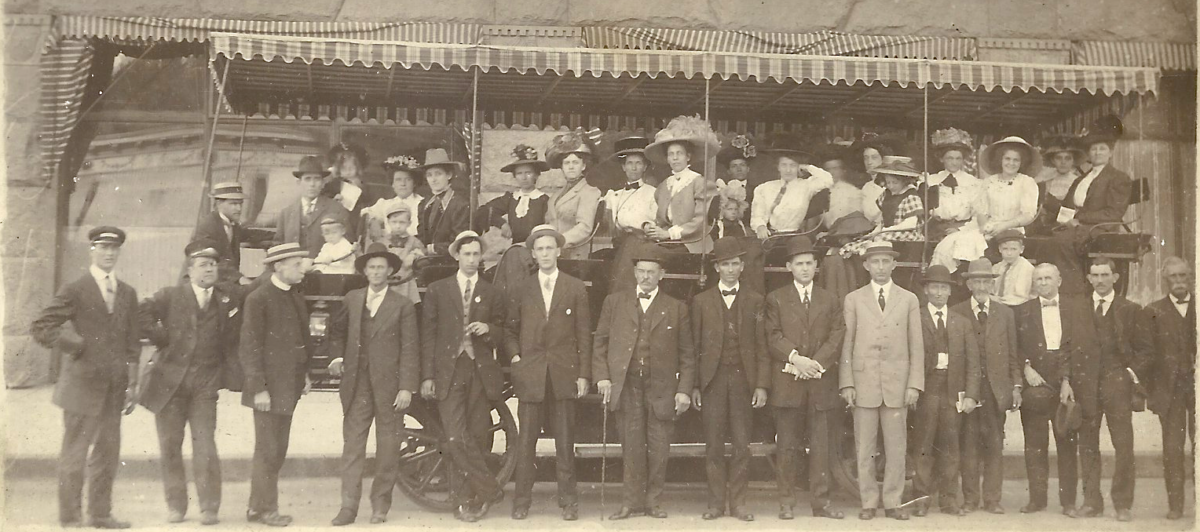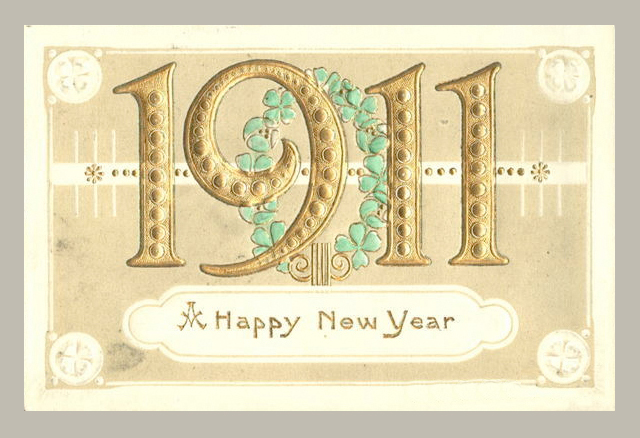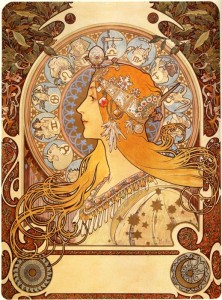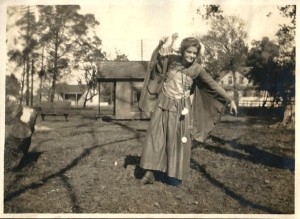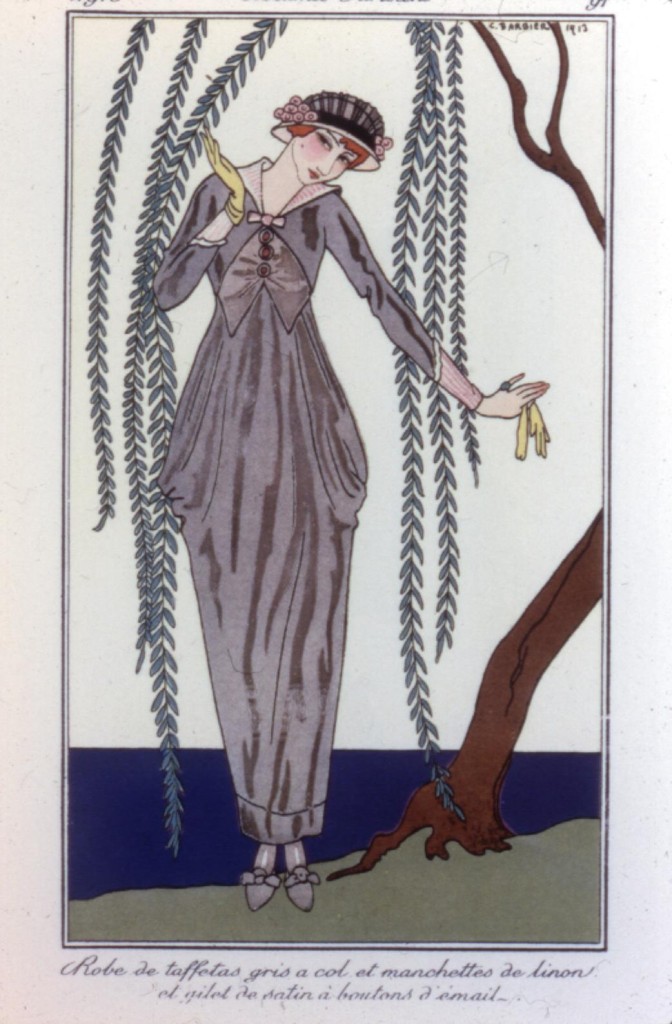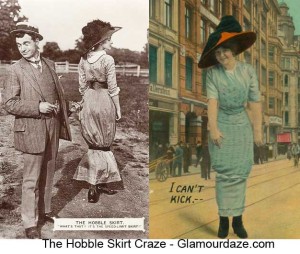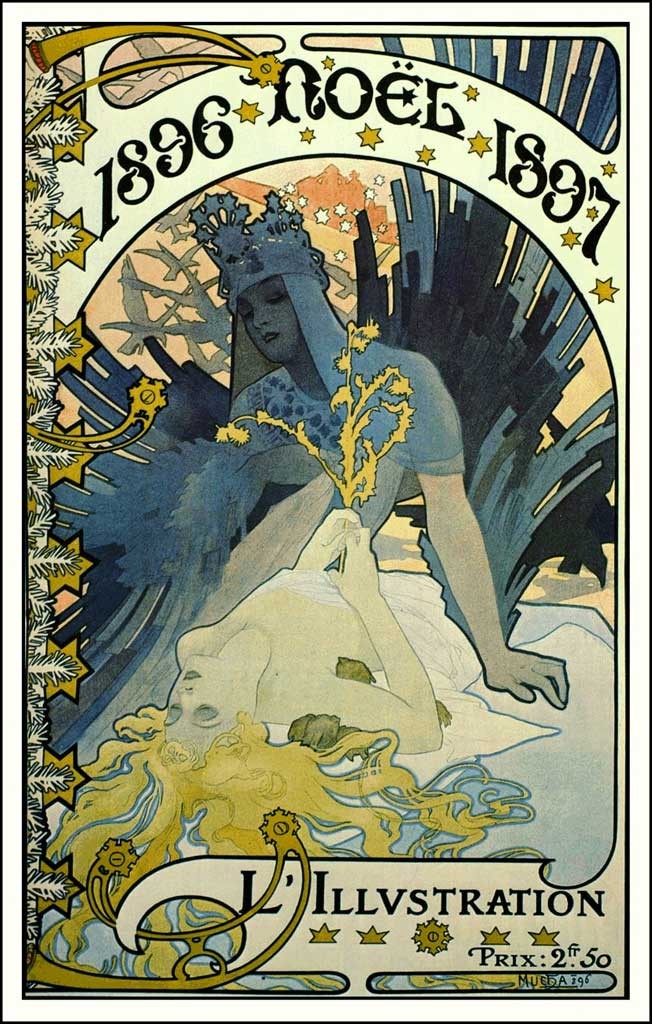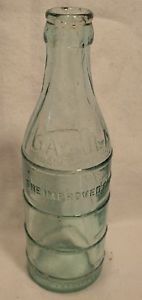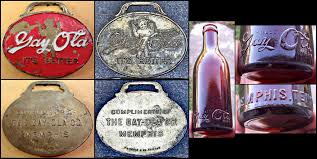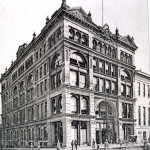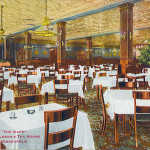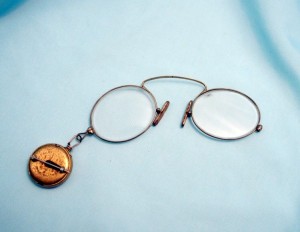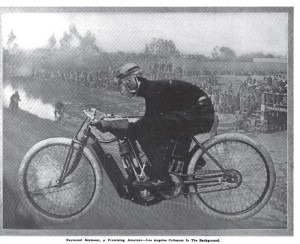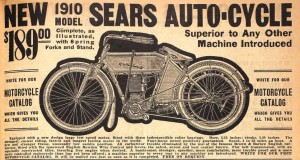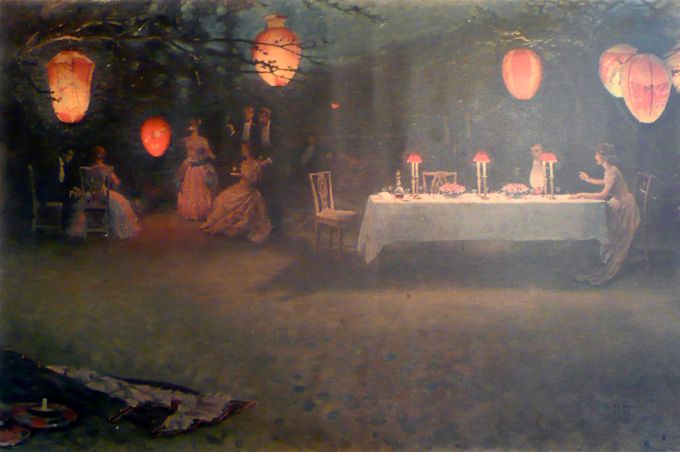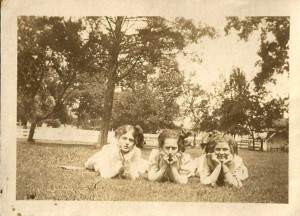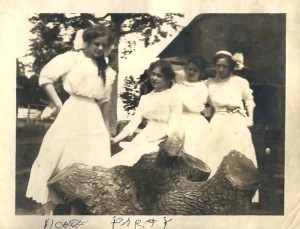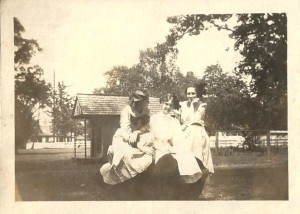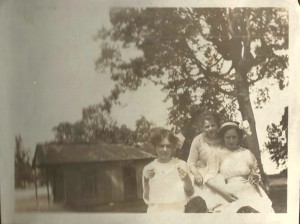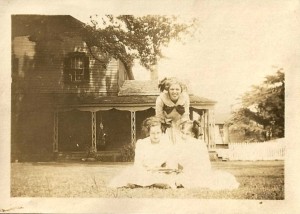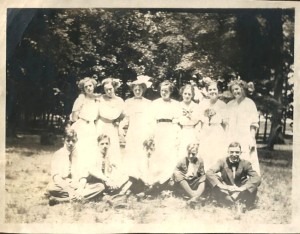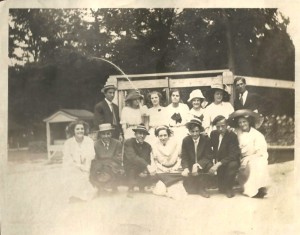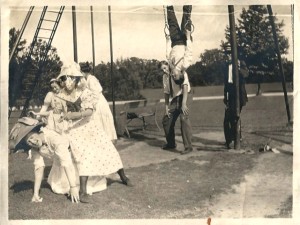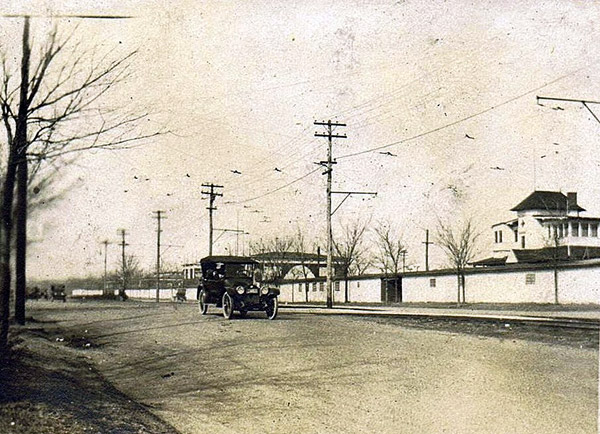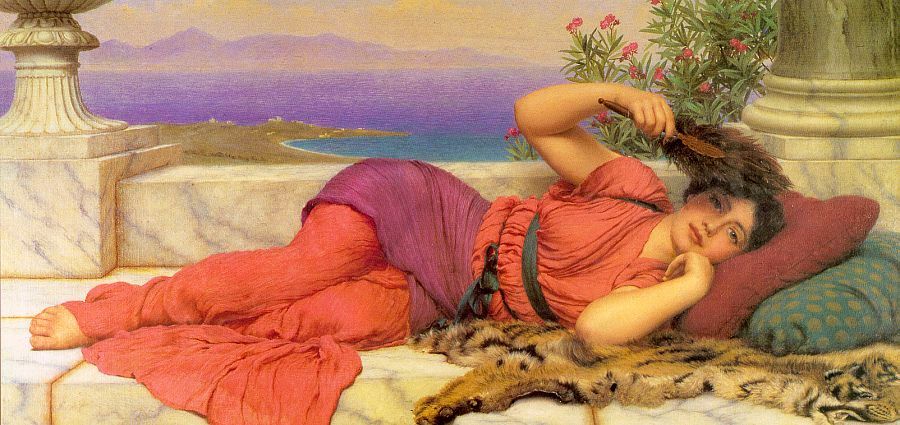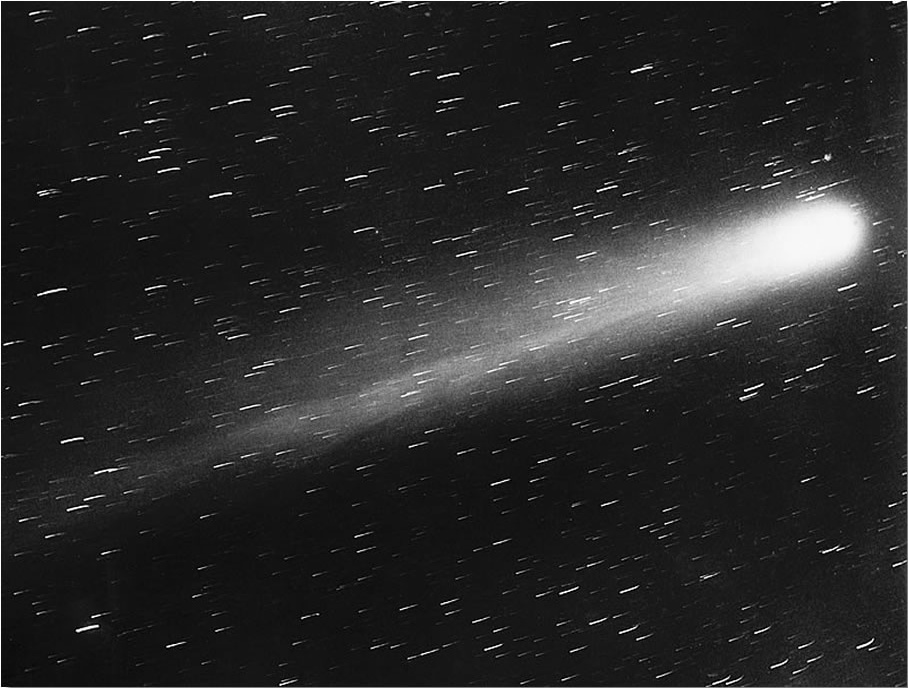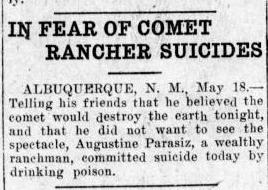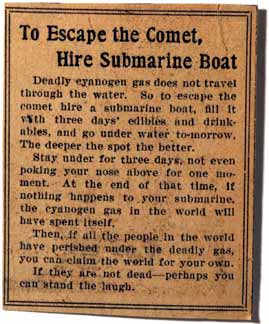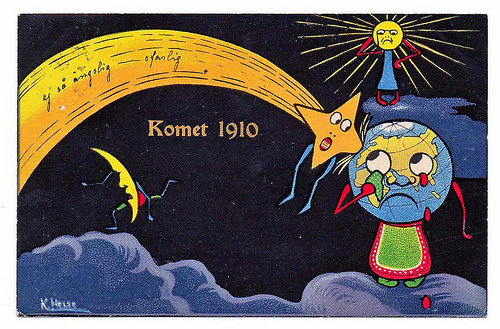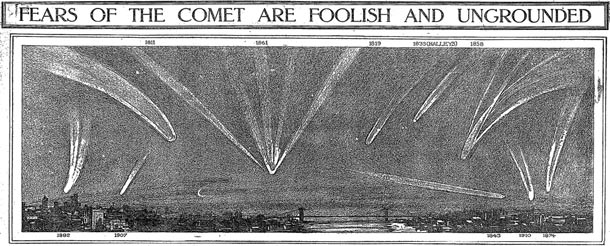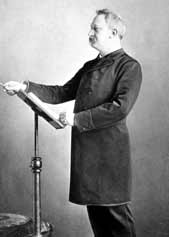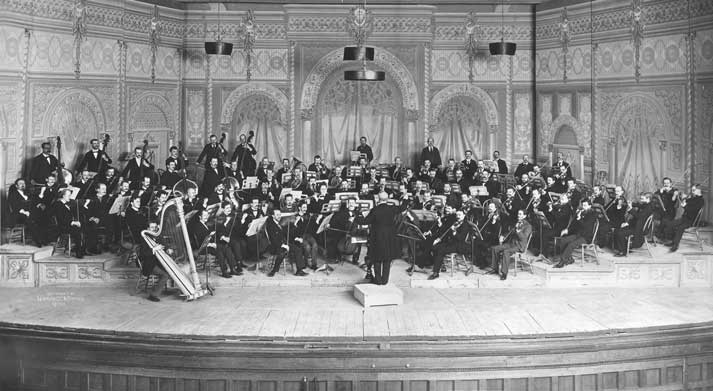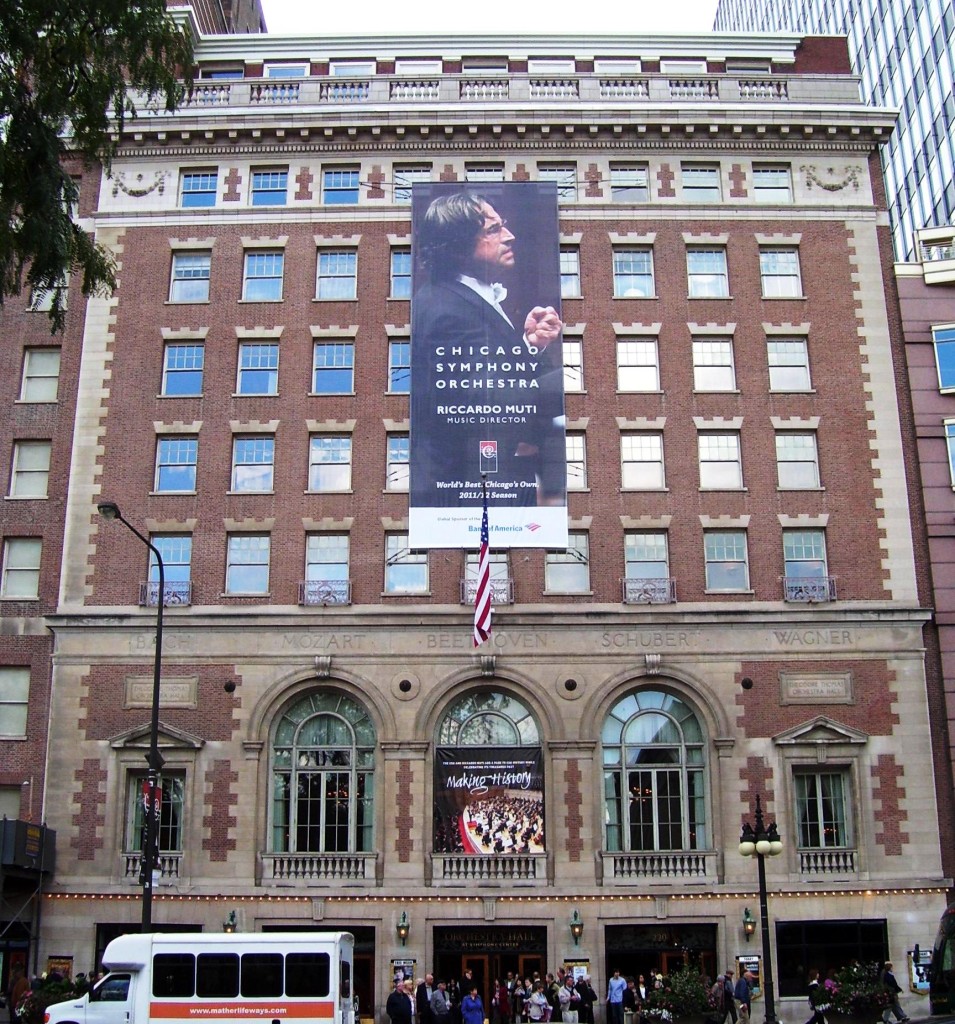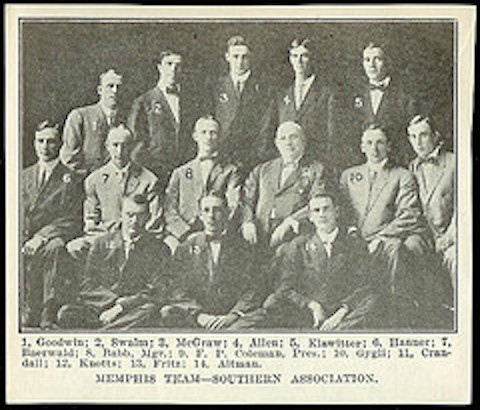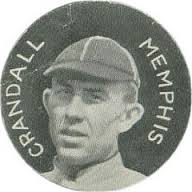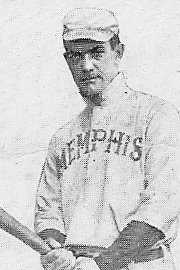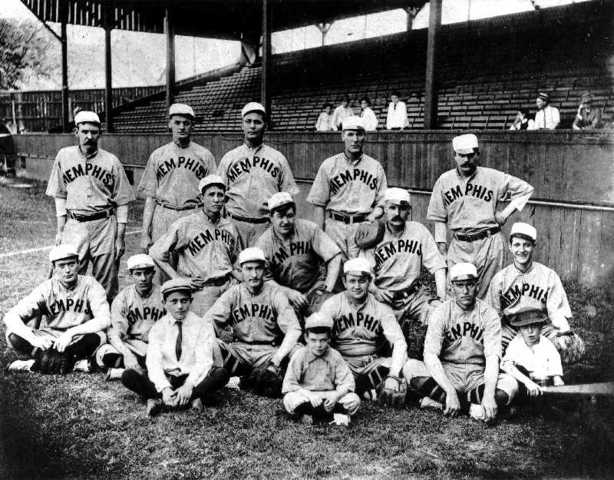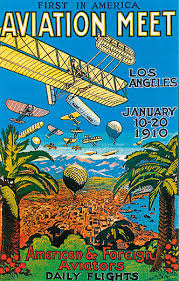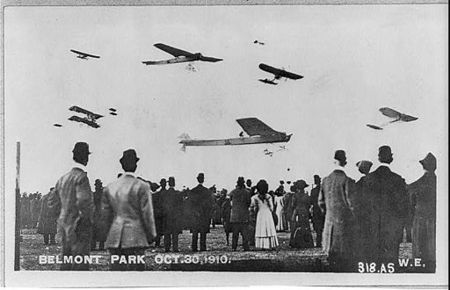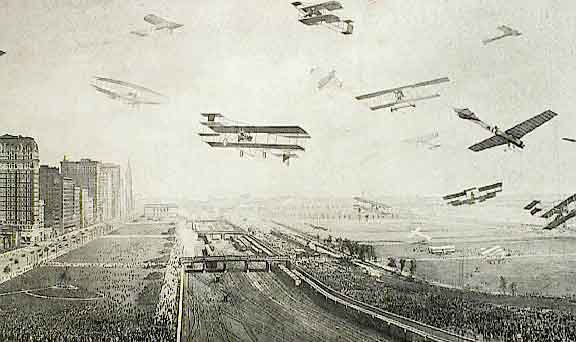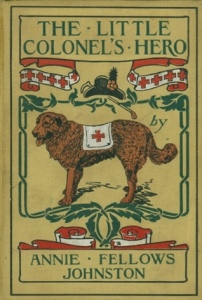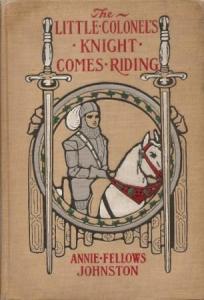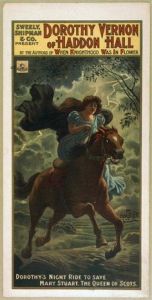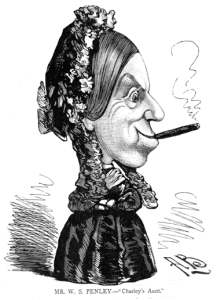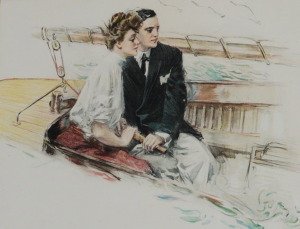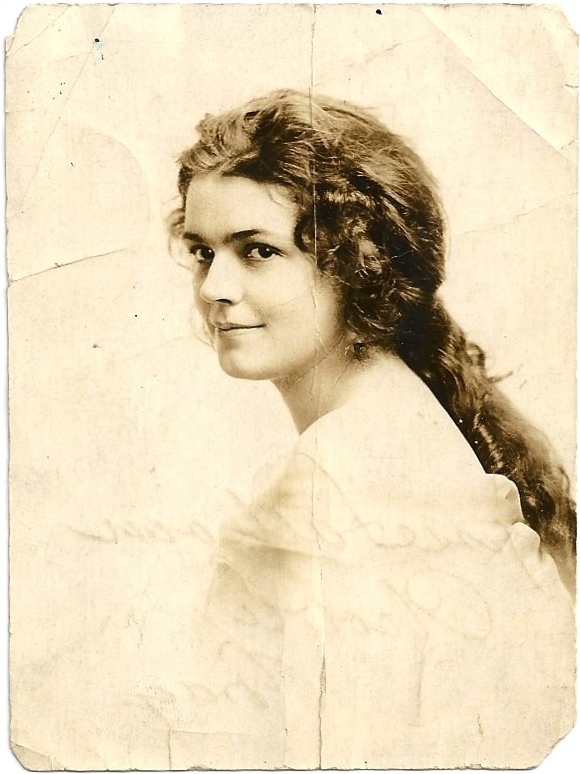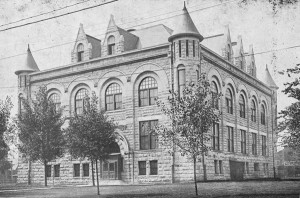
In the back of her 1910 diary, Jessie wrote:
“I belong to the —
1. Merry Maids Club of which I am president
2. Ellen Clapp Auxiliary of which I am treasurer
3. Junior Beethoven
4. L.H. Club of which I am treasurer
5. Basket ball team or club of which I am “captain”
6. Literary Society of which I am secretary
7. Debating Society
8. Amateur Musical Club.”
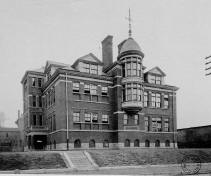
Jessie was busy, and as the end of the year holidays and parties approached, her life seemed to speed up. As for the Debating Society, Jessie wrote on November 11, 1910, “The decisions are getting quite monotonous as the affirmative wins every time.” On the day before Thanksgiving 1910, the Debating Society met at the High School for its final debate of the year. The opposing sides would argue either in the affirmative or the negative. The topic: “The Thanksgiving turkey is more important than the Christmas turkey.” Jessie spent the night before plotting the argument for the negative, and was the champion of the evening, winning the judges’ decision.
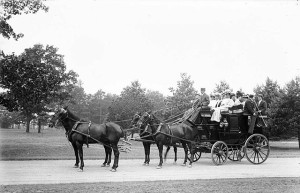
The next day, Thanksgiving, was an exciting whirl of activity for Jessie. Football games were popular on Thanksgiving, even in 1910. Jessie’s high school team was playing a game and she was chosen as a sponsor for one of the players, and so was in on all the activities for the day. Beginning early in the morning, the players and the sponsors met at the High School and all rode together in a tally ho to the game. After the game they rode in the tally ho all over town giving their “yells.” They ended up at a big supper given by the football team, followed by a show at the Orpheum. No mention of a Thanksgiving turkey with her family. She’s a busy teenager!
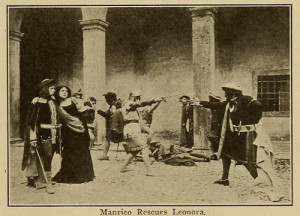
Going to musical and theatrical performances, either with friends or her mother, was an important part of Jessie’s life. In early November she saw the famous soprano Bernice de Pasquali, whom she thought “perfectly grand.” About a week later she saw Verdi’s opera Il Trovatore peformed by the Aborn English Grand Opera Co. It was performed in English and Jessie loved it. In December she saw the play The Traveling Salesman with the comedian Frank McIntyre in the leading role. “It was grand… Frank McIntyre was the funniest thing.”
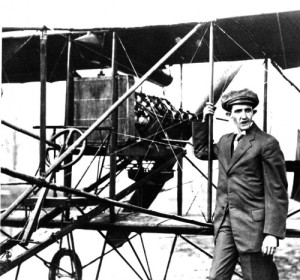
On December 16th, Jessie, her mother, Sara and her mother Mrs. Campbell went to the Fairgrounds to see the return of the Birdmen, as many people called the aviators of the new flying machines. Cosmopolitan magazine called them “Wizards of the air” for their daring feats. One of the aviators who took part in the December Aviation Exposition in Memphis that year was C.K. Hamilton, known to some as “the crazy man of the air.” He was a daredevil and became famous for thrilling the crowds with his stunts. That year in Memphis, Hamilton set a speed record of 79.2 mph, besting his own record of 64.6 mph. Check out this article from General Aviation News for more information about C. K. Hamilton.
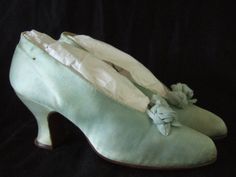
December 18, 1910 was Jessie’s 16th birthday. “My birthday! Just think, I am 16 to-day and — never been kissed.” She celebrated by having a dinner party with all her girlfriends. Most of her friends gave her handkerchiefs and books. She received some little gold pins from Swayne and Granny, a book from Bud and a gold necklace from her father. Her mother gave her a pair of blue satin dancing pumps with silk hose, a party hat and a cloak.
Christmas came and went with a swirl of parties and shopping. But when New Year’s Eve came, Jessie turned down all invitations to go out. Instead, her whole family stayed home and welcomed the New Year in.
*Photo credits: Memphis H.S. and High School Annex photos – historic-memphis.com; Il Trovatore – virtualmuseumofcinema.org; Charles K. Hamilton – General Aviation News.
